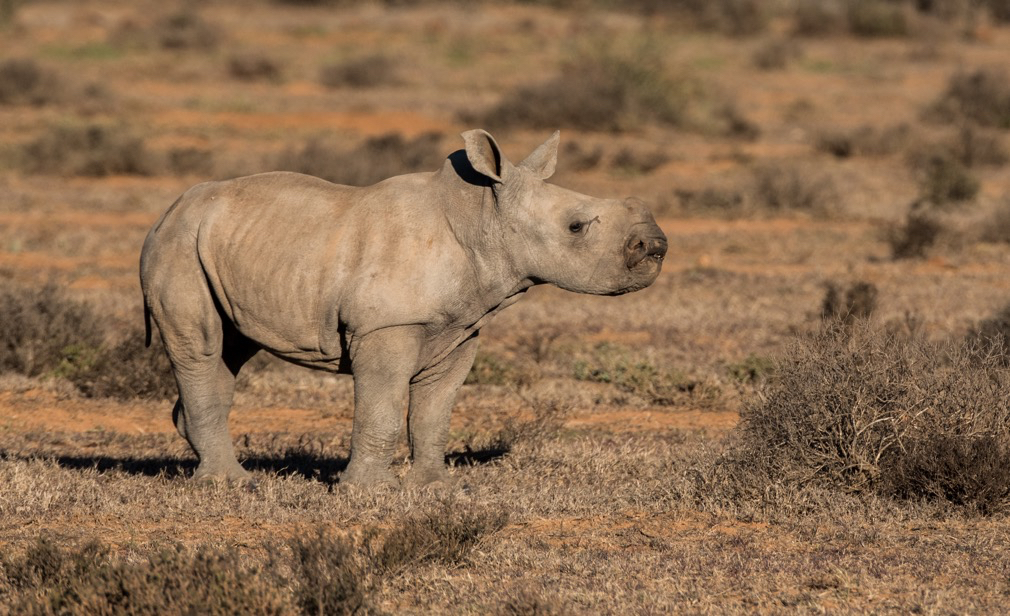 Written by Samara Private Game Reserve
Written by Samara Private Game Reserve
South Africa is as iconic and well known for its wildlife as it is for Nelson Mandela. Our protected natural environments are booming with species such as the cheetah, elephant, lion, rhinoceros and springbok. The cultural role that these wild animals, and others like them, play in our ecosystem is essential. They form part of a bigger biodiversity and food chain, and their conservation and safety ensures a balance within those systems. As important as wildlife is to South African tourism, it is as important for our natural environments. It is no longer an issue of ethics, but an international crisis that affects the economy and planet as a whole.
Biodiversity is defined by the Protected Areas and Biodiversity Acts as being: “The variability from among all sources including terrestrial, marine and other aquatic ecosystems and the ecological complexes of which they are part and also includes the diversity within species, between species and ecosystems.” Poaching is an extremely devastating activity that is compromising the survival of already dwindling populations of wild animals.
The rhino, although only one of many species endangered through the risk of poaching, is being reduced at an alarming rate. The demand for rhino horn in Asian countries put pressure on this majestic species. The scarcity of rhinos and the attached demand for rhino horn drives the rate of poaching higher.
To ensure that our precious landscapes are not further exploited and the threat of poaching and illegal animal trade halts, we must act now. Individuals, local communities, private companies and the public sectors have to continue to promote those efforts by conservation parks and groups. Tourism acts as a protector of such biodiversity and by engaging in travel and activities such as safaris and sightseeing you reinforce those structures and ensure they persist.
Samara Private Game Reserve is one of the many game reserves who participate in the rhino’s conservation and protection. The reserve has successfully seen the birth of a baby, female white rhino. This is extremely good news for our country and the species’ population, as rhinos usually only breed once every 3 years, and a pregnancy lasts around 18 months. She is a healthy, energetic little icon who enjoys spending her time playing around in the veld, suckling off her patient mother and collapsing into a heap of exhaustion for a well-deserved nap.
The white rhino is the third largest land mammal in Africa after the African bush elephant and the African forest elephant. It can weigh between 1800kg and 2700kg, standing at around 1.5m high and 4m wide. The white rhino can live up to 50 years into the wild.
This beautiful species is truly a blessing to our landscape. Getting to see this gentle giant grazing on the grasslands up close makes for a memorable experience that I hope my grandchildren and their grandchildren get to witness. It is through our voices, and our efforts, that we can eradicate the threat of poaching, and ensure that this majesty species, and others like it, can live in harmony, and continue to roam happily on our African continent.
By showing an interest in conservation, you can inspire others to do the same. For those who are willing to do more, one can find many volunteering programs online. Speak to your closest game reserve or park to get involved now.
PoachingFacts hosts this article on behalf of Samara Private Game Reserve and their blog free of charge and does not accept compensation.
